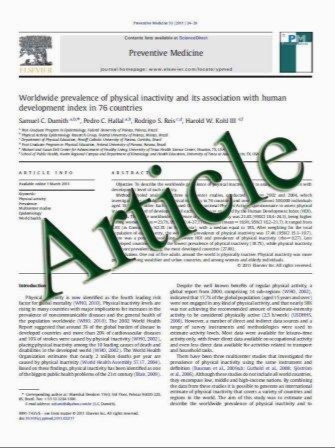Weight or body surface area dosing of steroids in nephrotic syndrome: is there an outcome difference?
- نوع فایل : کتاب
- زبان : انگلیسی
- مؤلف : Sermin A. Saadeh & Rossana Baracco & Amrish Jain & Gaurav Kapur & Tej K. Mattoo & Rudolph P. Valentini
- چاپ و سال / کشور: 2011
Description
Although prednisone is the treatment of choice for nephrotic syndrome (NS) in childhood, the dosing regimen varies between 60 mg/m2/day, as recommended in early studies, to the often prescribed 2 mg/kg/day dose, which is used in common practice. Mathematical models have demonstrated that weight-based dosing can be less than body surface area (BSA)-based dosing in smaller children. To test our hypothesis that weight-based dosing would result in altered treatment outcomes in children with NS, we analyzed a cohort of 56 children (mean age 5.4± 3.8 years) treated with a weight-based dosing regimen. Theoretical underdosing of corticosteroids was tested by calculating a relative underdosing percentage (RUP), which was defined as the dose difference between the theoretical BSA-based dose and the actual weight-based doses divided by the BSA-based dose × 100. We found that the mean “actual” prednisone dose in our patients was 43.6± 19.3 mg/day; in contrast, the mean theoretical BSA-based dose was calculated to be 48.8±16.7 mg/day. Among the 56 patients, 43 (76.7%) were initial responders, of whom 58% followed a frequently relapsing (FR) course. RUP was significantly higher in FR (16.6±7.9%) than in infrequent relapsers (8.7±9.8%) (P=0.03). RUP was not significantly different among initial responders and nonresponders. Based on these results, we conclude that prednisone underdosing, when dosing is prescribed according to weight, does not affect the initial response to treatment, but it does increase the likelihood of a FR course in responders.
Pediatr Nephrol DOI 10.1007/s00467-011-1961-3 Received: 11 February 2011 / Revised: 15 June 2011 / Accepted: 20 June 2011


